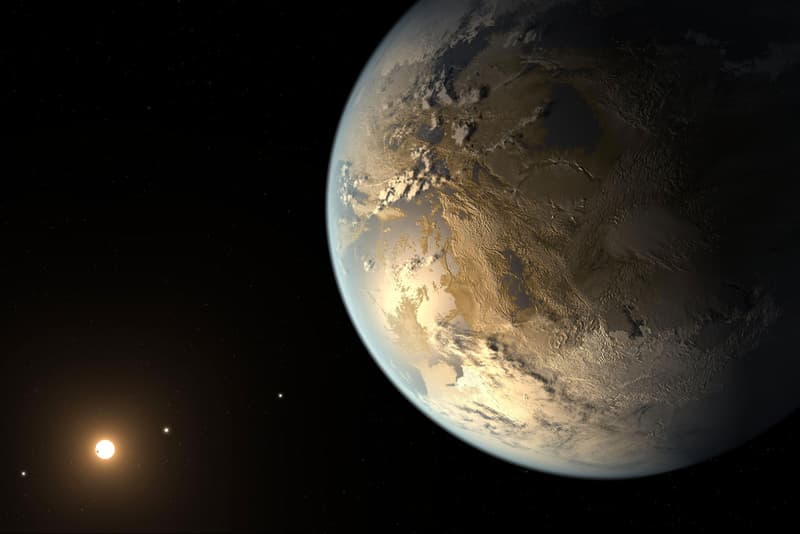Astronomers Identify 29 Planets Where Aliens Could Detect Life on Earth
And pick up human-made radio and television transmissions.
A pair of astronomers identified 1,715 star systems within roughly 300 light years of Earth’s solar system where alien lifeforms could have spotted life on Earth in the past 5,000 years, according to a study published on Wednesday in Nature.
Among those situated in prime positions to view the planet’s transit, 46 star systems are located close enough to Earth for their planets to intercept radio and TV broadcast signals, which started approximately 100 years ago.
“One way we find planets is if they block out part of the light from their host star,” said Lisa Kaltenegger, professor of astronomy and director of the Carl Sagan Institute at Cornell University in New York, to The Guardian. “We asked, ‘Who would we be the aliens for if somebody else was looking?’ There is this tiny sliver in the sky where other star systems have a cosmic front seat to find Earth as a transiting planet.”
With Jackie Faherty, a senior scientist at the American Museum of Natural History in New York, Kaltenegger estimated that within those star systems, 29 potentially habitable planets are well-positioned to witness Earth’s transit and near enough to detect human-made transmissions. The duo’s findings provide a more distinct target for scientist’s ongoing search for extraterrestrial life, or SETI.
While previous studies have identified star systems able to view Earth’s transit in the present-day, Kaltenegger and Faherty’s findings are the first to expand that knowledge across 5,000 years in the past and 5,000 years in the future.
“What we showed in our paper is that most stars have this vantage point [to see Earth transits] for at least 1,000 years, and a lot of stars actually have it for more than 10,000 years,” Kaltenegger told VICE. “We couldn’t say anything more than that because our timeline is 10,000 years, but it was interesting that this vantage point holds for generations of astronomers, or generations of alien astronomers” that “could develop technology to find us.”
Elsewhere in space, NASA launched dozens of baby squids into orbit earlier this week.















